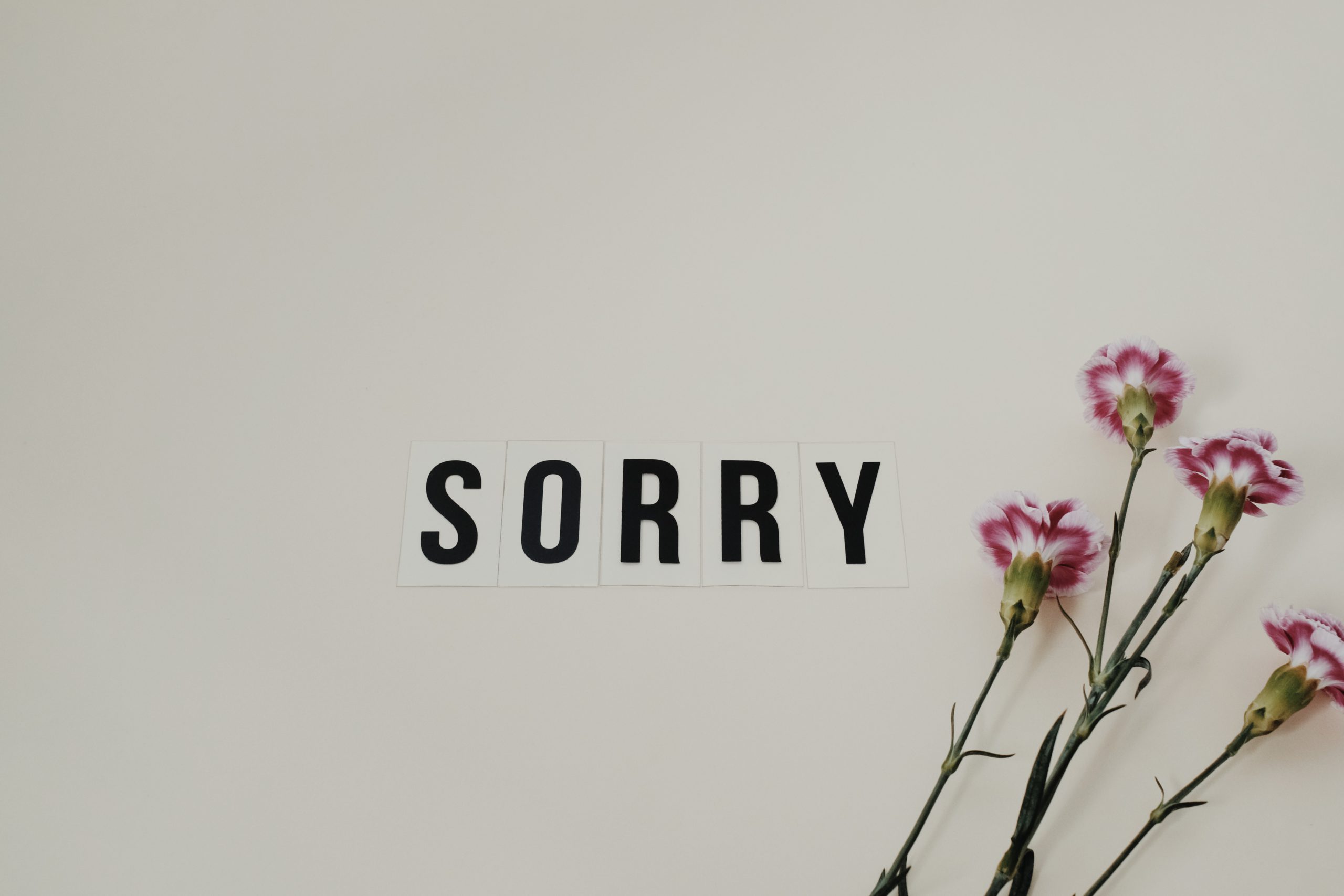One of the hardest things to do in life is admit you’re wrong. Our instinct as humans is to defend ourselves, explain the situation, and make people understand why we aren’t wrong — and if that isn’t possible, to keep our heads down and lie low until the situation passes and people move on.
But there are times when we truly are wrong and have hurt others with our words or actions or both. And when that’s the case, it’s important to apologise to those we’ve hurt.
Though we all know the power and importance of an apology, it’s still a hard thing to do. Apologies are humbling and require vulnerability as well as self-reflection and evaluation. They require us to learn, grow, and change for the better. But these just so happen to be things most of us aren’t particularly comfortable with.
Because people are behind brands, the same reticence extends to businesses that find themselves being “cancelled.” And this extension is only exacerbated by legal consideration (especially if you live in a place where apologising is legally the same as admitting guilt), which can make companies vulnerable to lawsuits.
The case for apologising
However, in this digital age where fans and consumers have the power to hold brands accountable, apologising is often the one thing people want to hear. In fact, research from Porter Novelli shows that 88% of people are more willing to forgive a company for making a mistake if it shows a genuine attempt to change.
So by refusing to apologise or issuing a “non-apology” in hopes of placating people, brands risk not only furthering negative sentiment, but losing customers and suffering loss of revenue.
But even brands who do apologise often make things worse for themselves. While it may sound simple enough, many brands have gotten it wrong by issuing “apologies” that are anything but and instead offering excuses, gaslighting people, or taking a condescending tone.
Check out these “apologies” gone wrong to understand what we mean:
1. “Our holiday spot was created to celebrate that fitness and wellness journey. While we’re disappointed in how some have misinterpreted this commercial, we are encouraged by — and grateful for — the outpouring of support we’ve received from those who understand what we were trying to communicate.”
— Peloton
2. “This is [German radio host Matthias Matsuchik’s] personal, taste-based opinion regardless of the band’s origin or cultural background. You don’t have to share this taste… He has also tried to address this in the moderation mentioned, but this does not change the fact that many of you have found his statements hurtful or racist.”
— Bayern3
Not great, right? And yes, all of these “apologies” backfired and further enraged people.
How to apologise when you’ve been cancelled
So. How do you go about properly apologising? Here’s how to get it right:
You have to say you’re sorry
Yes, we mean this literally. Your apology needs to have the words, “We apologise” or “We’re sorry.”
But if you can’t say this, legally, then your statement needs to make it very clear that you understand the mistake and have a plan for rectifying it. If you don’t get this part right, you will be called out and the situation will become worse.
You have to get the tone right
An apology is not the time for your brand voice – as great as it may be – to shine. So drop the affectations, ignore the style guide and write from your heart. As long as it’s humble and human, genuine and sincere, you’re doing it right.
You have to apologise as quickly as possible
This part can be hard, especially if your company has a lot of internal stakeholders and people who need to sign-off on communications. To speed up the process, we suggest having a crisis communications plan that includes a team for expediting things like holding statements and apologies. But if you don’t have that yet, figure out how to get approvals as fast as you possibly can and publish the apology both internally and externally. Time is truly of the essence when you’re embroiled in a cancel crisis, and a heartfelt apology can do wonders for helping the company manage it.
That’s really all there is to it – and yes, it is both very easy and very hard. If you’re in need of some inspiration, here is an example of a sincere apology that successfully won people over to inspire you.
“The comments I made were unacceptable and disgusting, full stop. Comments that I regret and to everyone I’ve offended, I am sorry, these are attitudes I’ve left in the past. …That isn’t an excuse, I take responsibility for my mistakes and hope you can understand that my younger self doesn’t reflect who I am today. Again, I’m sorry to everyone I’ve offended. To the LGBQT community and my supporters and friends, my deepest apologies.”
—Stormzy
Once you’ve released your apology, then the real work begins: implementing the change needed to put your words into action. It may be a long journey, but it’s an important one – one that will strengthen your brand and inspire loyalty from your customers.
Need help writing an apology or putting together a crisis communications plan? We can help – take a deep breath and drop us a line at hello@mutant.com.sg.

